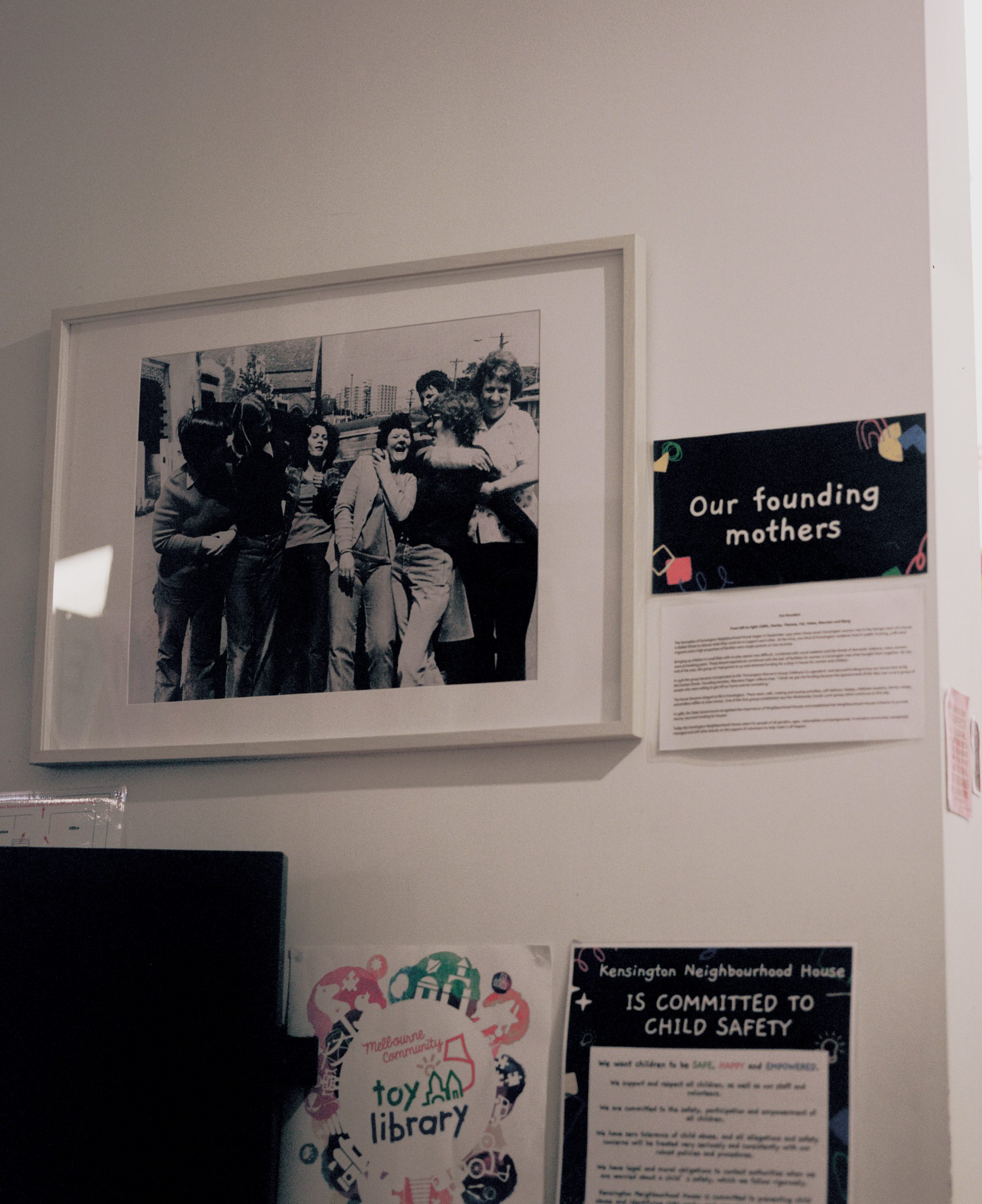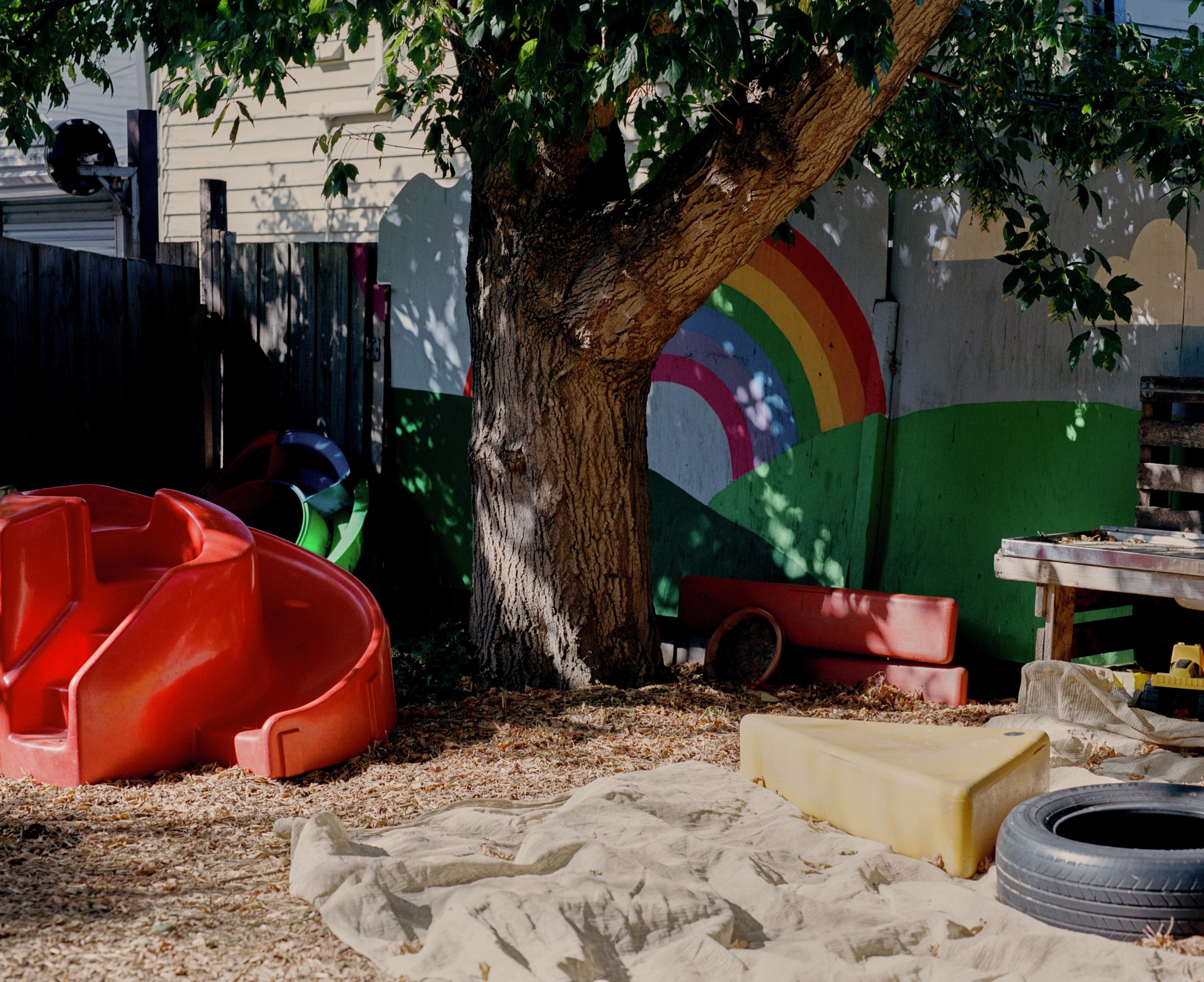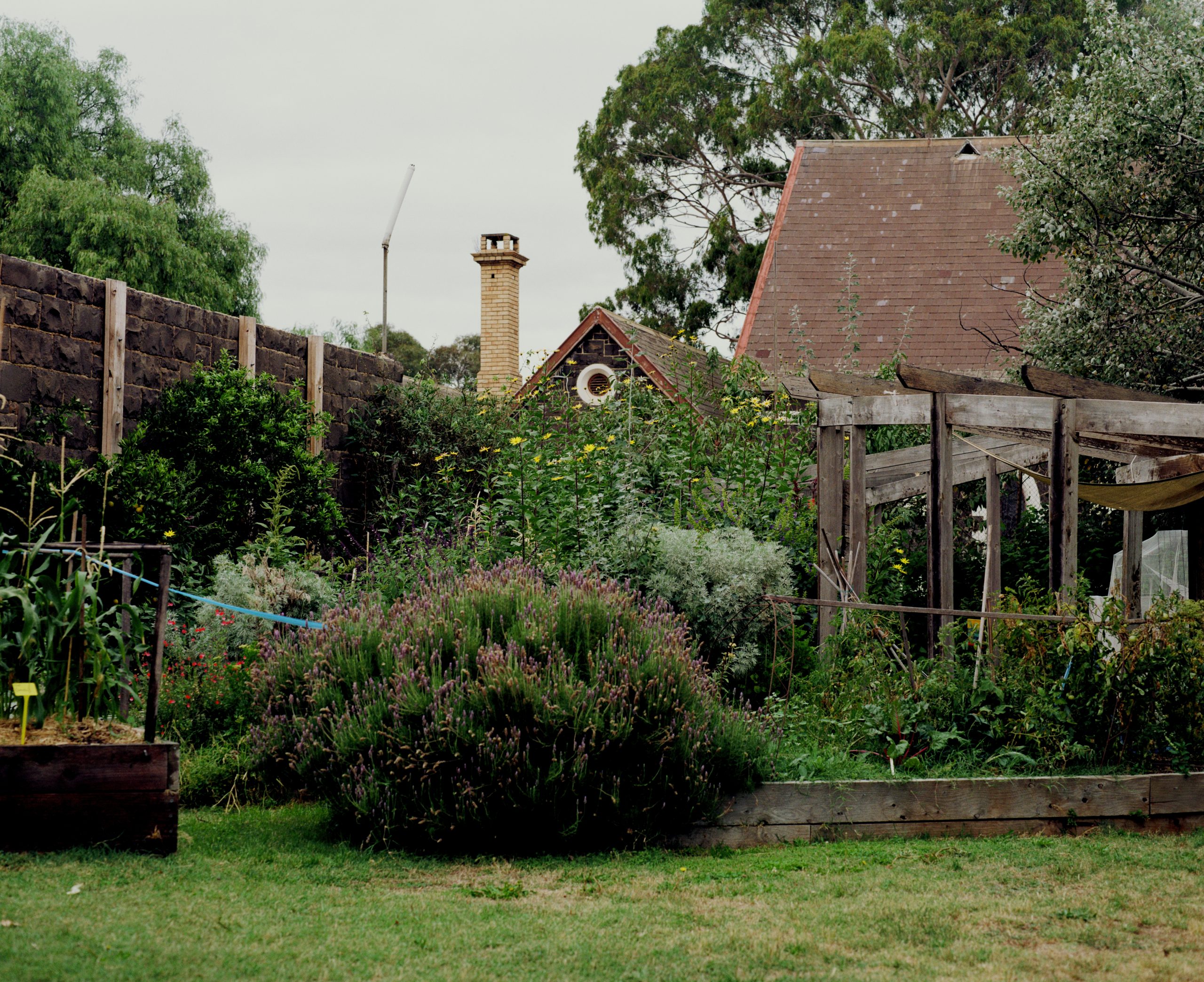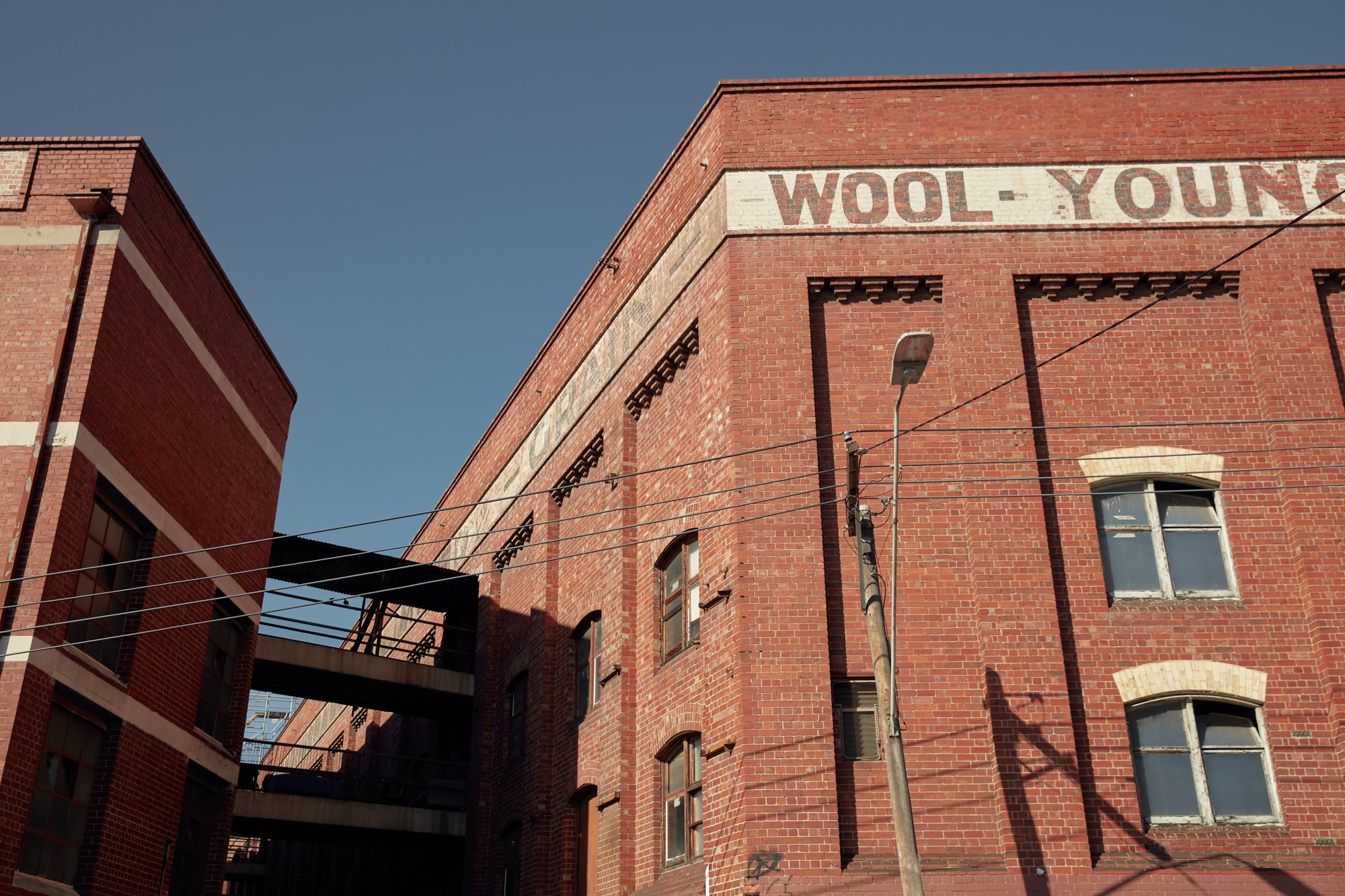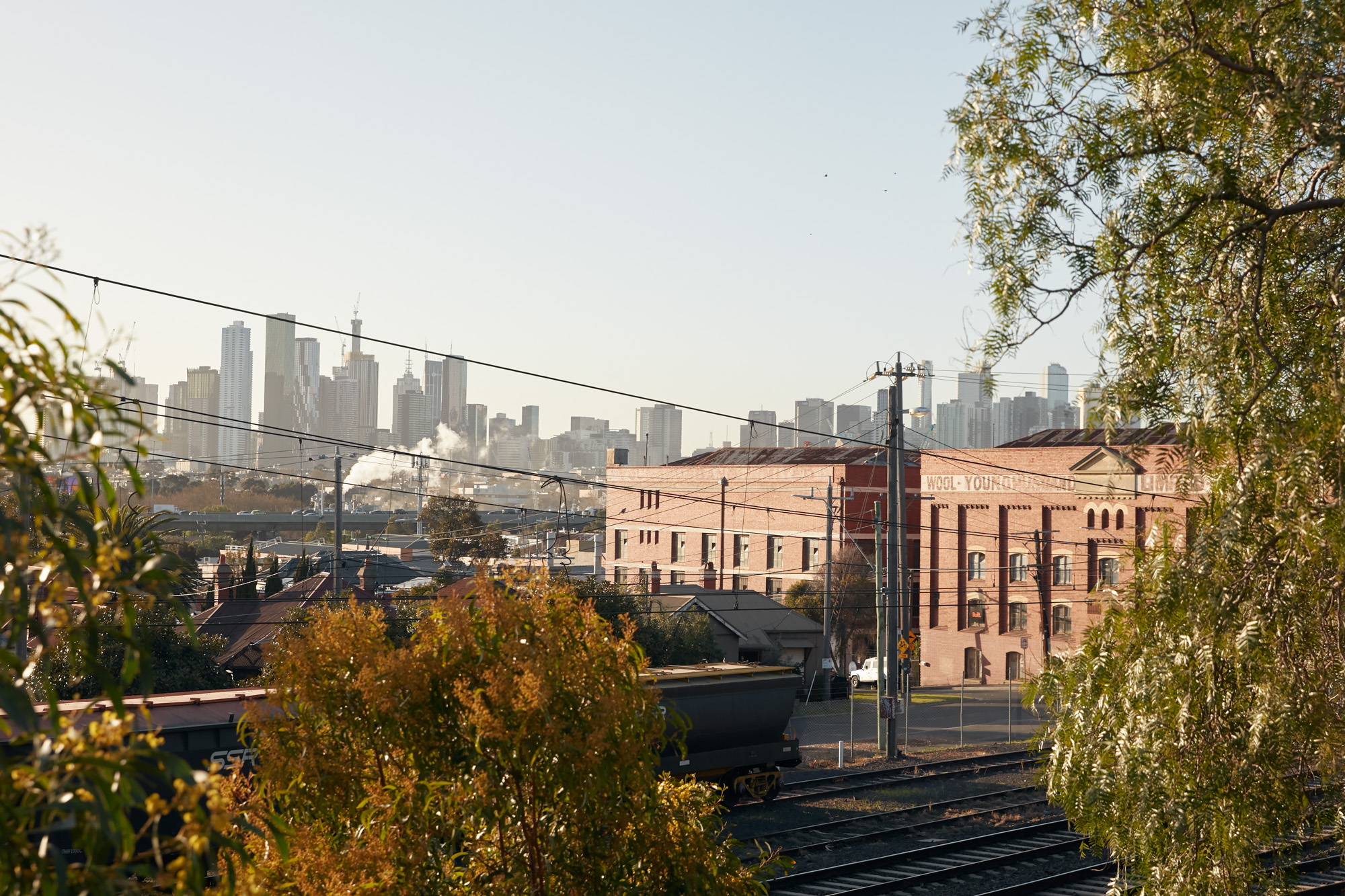Serving an evolving community at Kensington Neighbourhood House
References
1975. Around the world, the hard-fought battles of the Women’s Liberation Movement were slowly rippling into social legislative change. The United Nations declared it ‘International Women’s Year’. The Australian Family Law Act introduced ‘no-fault’ divorce and equal property rights for married women.1 Yet it was at the hyper-local level that feminism-in-practice often had the greatest impact.
In a living room on Bellair Street in Kensington, seven women – Edith, Denise, Theresa, Val, Helen, Maureen and Mary – talked about what they needed to improve their quality of life. They shared the suburb they called home with around 7,000 people. Around one-third resided in the high-rise public housing towers of Kensington Housing Estate,2 which rose 16 stories between Derby Street, Ormand Street and Altona Street, and on Kensington Road. Nearly 40% of residents were migrants. Many of their households were run by single parents on relatively low incomes.
What emerged from the women’s conversation was the need for a ‘third place’– a drop-in centre where they could come together, share the work of childcare by looking after each other’s little ones, and take a breather for themselves. “It was really women deciding, ‘Well, no-one else is going to meet these needs we have. We’re going to do it ourselves and look after one another.’ “That’s really how the Neighbourhood House started,” says Rebecca Smith, long-time Kensington resident and manager of the Kensington Neighbourhood House. “This was before there was anything like a big childcare industry, childcare subsidies or community centres.”
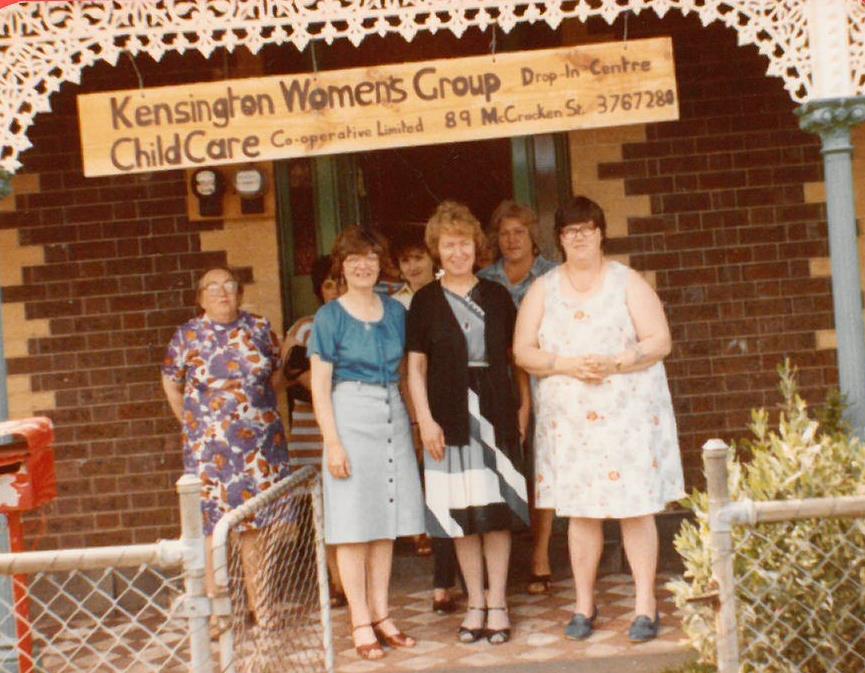
Mobilising to fill the gap, the group swiftly gained momentum, soon blossoming to 30. Pooling their strengths and connections, the women met regularly to table priorities and form agendas. They fundraised and lobbied. They published a regular newsletter, ‘Shoulder to Shoulder’, and contributed articles to local publications. With the backing of local federal member and Liberal minister Margaret Guilfoyle, the group – now formalised under the banner of Kensington Women’s and Child Care Co-operative – secured state government funding to purchase a home base at 89 McCracken Street.
As Kensington has evolved over the 49 years since, its neighbourhood house has remained steadfast in its commitment to grassroots social service while adapting its offering, focus and resources to meet the community’s changing needs. “[The House] belongs to the community,” says Smith.“We’re still community-run, with a volunteer board of management. We do a lot with very little.”

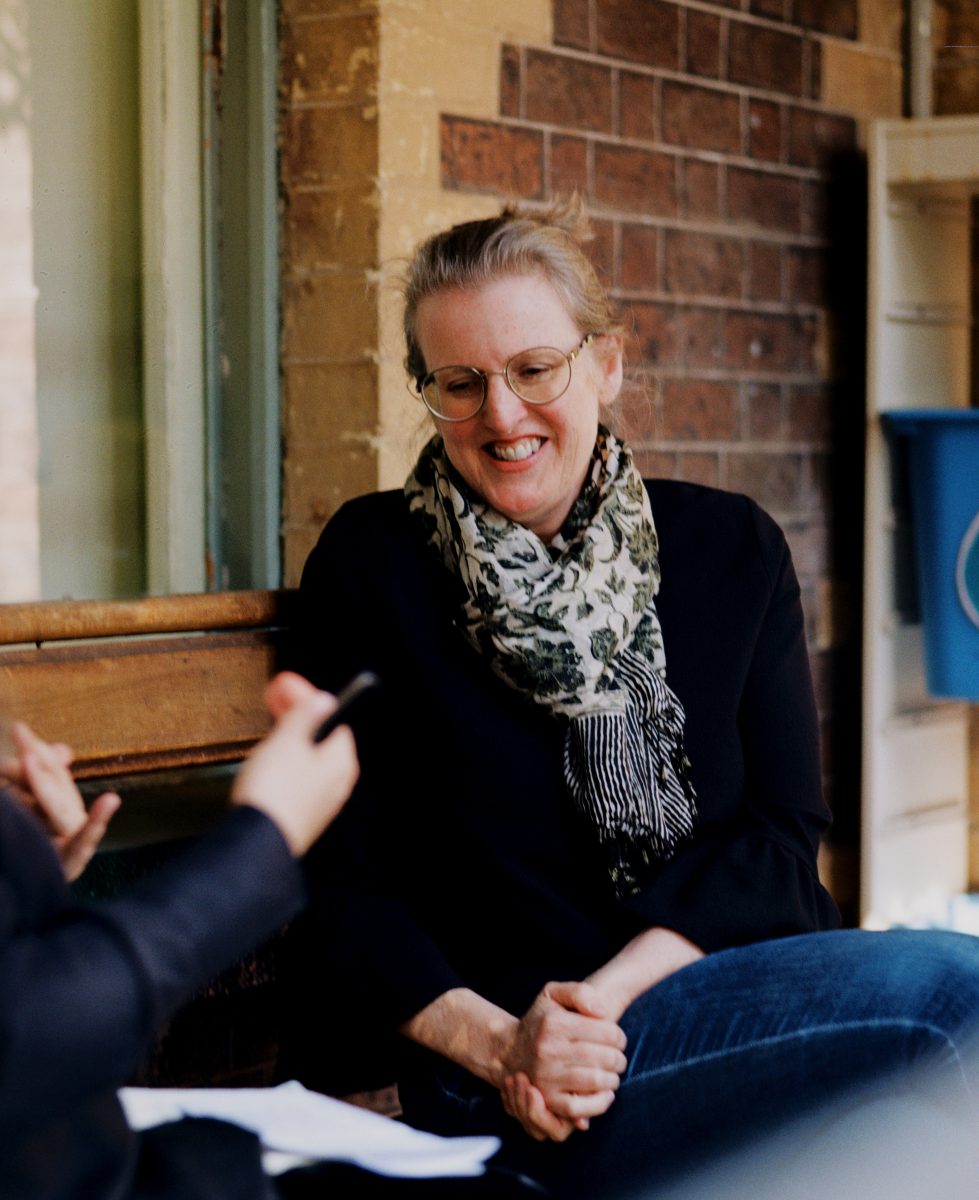
Kensington Neighbourhood House Manager Rebecca Smith, a team member since 2014, wholeheartedly believes that ‘it takes a village’ to make meaningful change and has been building on the House’s impact through strong local partnerships and a dedicated volunteer group. Image: Krystal Torre.
Driven by the ethos on which it was established – pragmatic dedication to mutual aid – and led by a small but mighty core team, the House’s program is funded through a variety of sources and realised through the time and energy of over 70 volunteers, around half of whom live in or near Kensington. Strong local ties keep the House tapped into what residents actually need. “Between us, we have this really great network of who to talk to about what,” says Smith.
Every year, the House supports over 1000 people with a packed program of activities that cover extensive ground, such as early literacy support, adult education, code club, art classes, Al-Anon groups, mental wellbeing programs, bike workshops, repair hubs, composting, community gardens and a shared pantry. Many of the volunteers have been involved for a long time:
“When people start volunteering in their local community, they meet other people, they start to bump into those people at the park or around the street, and it builds those connections.”
Around 1986, the organisation changed its name from Kensington Women’s and Child Care Co-operative to Kensington Neighbourhood House to reflect its broadened focus. “The House has always responded to whatever the most pressing needs in community are,” Smith notes. “That’s changed with different waves of migration, economic circumstances and political environments. Now, every age group comes through the front door, as well as at least 60 nationalities.” It includes the Vietnamese Seniors Group, who have been coming for over 30 years, some of whom are over 100 years old. In the last 10 years, the House has shifted its focus to include support for the mental health and wellbeing of local residents, social support for those navigating Australian bureaucracy, and connecting unemployed or under-educated residents to work and education opportunities. This is all to address the advance of social isolation, more pronounced since COVID-19.
Working with local partners allows the House to scale its impact well beyond the physical walls of the building itself. Together with The Venny, a free communal backyard for children aged 5–15, the House led a series of nature excursions so that local families without their own transport could enjoy time in the bush post COVID-19 lockdowns. Together with Debney Meadows Primary School in neighbouring Flemington, the House has developed a community education hub offering adult education, support for parents, and before and after school programs.
Letting some services go to free up energy and resources for what matters most at any given time is crucial for a small organisation that runs on the dedication of its volunteers. “In the last 10 years, we’ve become braver in what we will apply for and take on. And we start to go, ‘Well, we are a little tiny house, but we can do really amazing stuff and we’re just as good as anybody else at doing that,’” Smith says.
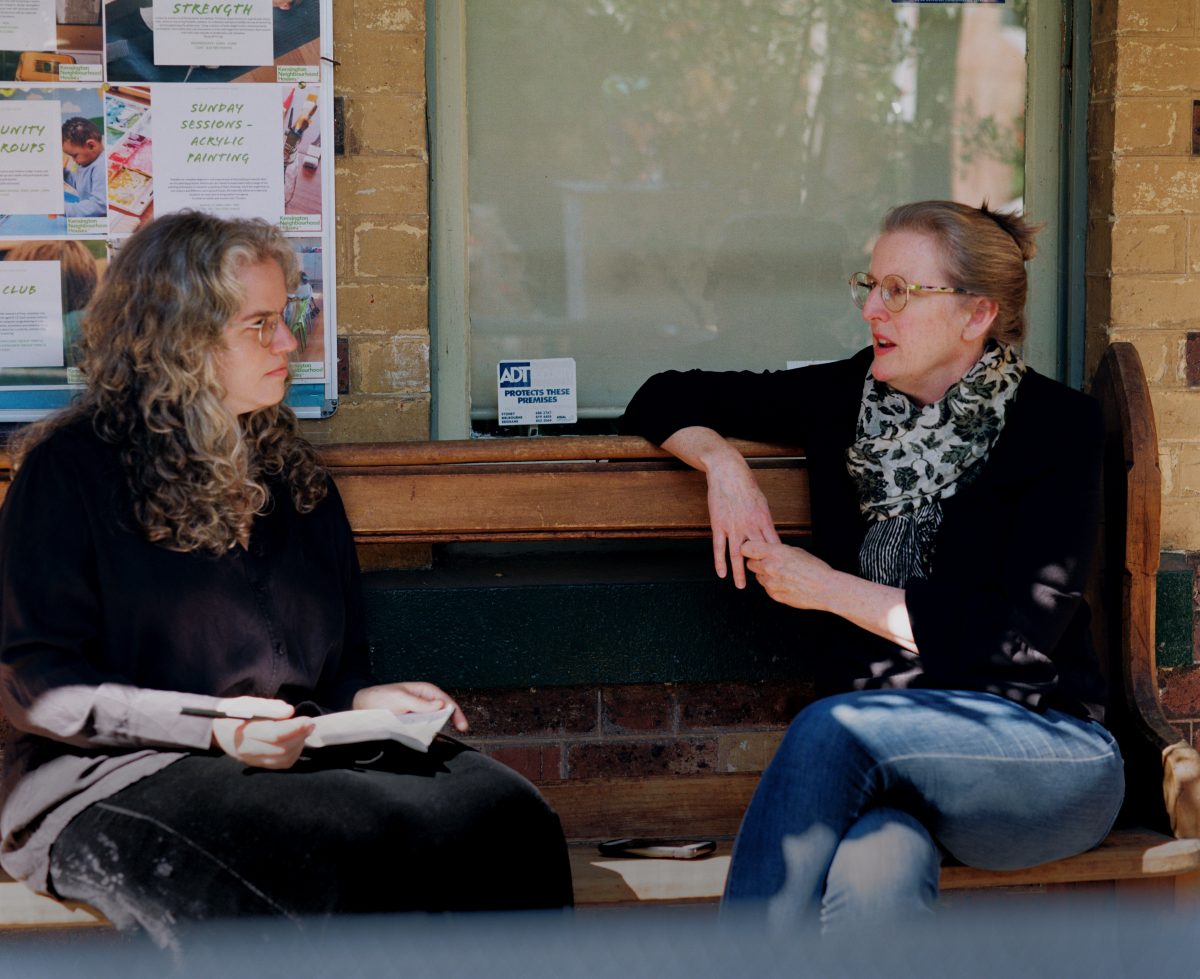
Today, as medium-density apartments form part of Kensington’s visible transformation, the future of the neighbourhood and its growing community is hot on locals’ lips. Smith hopes that long term residents will continue to have the opportunity to shape Kensington’s future. Her expectation for developers new to the area is that they will consult communities close to where they are building and understand how they can support the existing community.
Amid the whirr of construction, the House remains open. Over the past five decades, Neighbourhood House has been able to respond to rapid change due to the strength of women helping women; through solidarity, they have improved quality of life not only for each other but also for their neighbours, peers and networks. A spirit of pragmatism and improvisation continues to chart its course. “That’s the nice thing about being in Neighbourhood House,” Smith reflects. “You don’t necessarily need to have a really detailed plan. It’s more about being able to go to people and say, ‘What would you like to be doing?’”
- Family Law Act no. 53, 1975 (amended by Act no. 87 and 88, 2023)
- During the late 1990s and early 2000s, one of the towers was demolished and the remainder of the estate was redevelopment as a combination of public, private and social houses. See Kath Hulse, Tania Herbert, Karyn Down, “Kensington Estate Redevelopment Social Impact Study: Prepared for the Department of Human Services” (August 2004) SISRQ/EL 106/04 pp. 13-20






